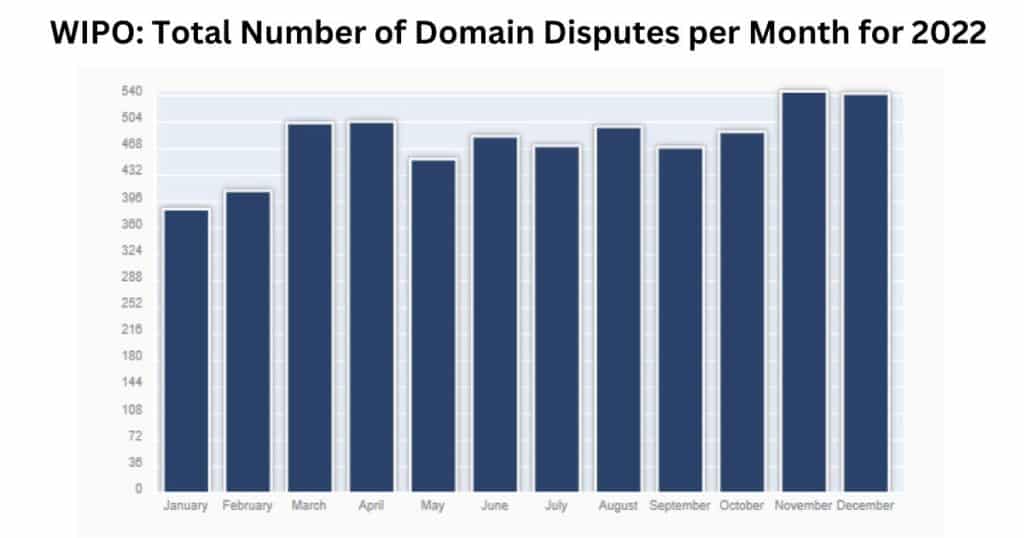In this digital transformation era, every business needs its mark on the internet. A website helps with that and to make sure the website attracts customers you need a trademarked and unique domain name.
Finding and registering for the best domain name that suits your business ideas, needs, and requirements is the first step. An accredited domain registrar can help you with all the registration processes.
But, measures to trademark and protect the domain name should closely follow the domain name registration process. Even after all the protective measures, you need to be vigilant and make sure nobody infringes on your intellectual property.
Let’s have a look at some of the common ways in which domain infringement happens…
Domain Name Disputes
“What leads to domain name disputes?” If you are wondering about this, then we have got some answers for you.
Types of domain name disputes are a must-have knowledge for any website owner. It will help you identify the problem you are facing and help you deal with it in the right manner.

1. Cyber-Squatting
Cyber-squatting is one of the most familiar domain infringement practices you need to be aware of, requiring immediate legal action. Among all types of domain infringement, cybersquatting causes the most concern.
Unfortunately, cybersquatting doesn’t have an exact definition. It usually happens when a new registrant obtains and uses internet domain names that match or are similar to domain names or company names that already exist.
Cybersquatters do this with a bad faith intent to profit from the already established and reputed domain name or company name. The intention will be either to sell it or to divert traffic from the site of the actual trademark holder.
2. Meta Tagging
Meta tagging is one of the most effective tools to attract the right customers to your website. However, it is also a common practice to fraudulently use it to attract customers from competitors or other established businesses.
Using another company’s trademark in the meta tag is a form of trademark infringement as it confuses customers.
For example, if a rival manufacturer of shoes and apparel use “Adidas” in their meta tags, then that is an improper use of meta tags to lure the customers who search for Adidas products.
But, there are also situations when it’s okay to use trademarked domain names; it comes under fair use. If the trademarked domain name is a geographic location, other companies operating in that geographic location may use the trademarked domain name in the meta tags.
3. Linking
Linking means providing hyperlinks to other websites or web pages; various websites use it frequently for various purposes, yet, some aspects of linking can be quite problematic.
Deep linking allows visitors to skip the homepage and go directly to an internal page; this can sometimes cause the websites to lose ad income for ads placed on the homepage.
Trademark infringement associated with linking occurs when a trademarked name or graphic image is used as a link to another website unrelated to the trademark owner.
Deep linking and trademark infringement in association with linking is always a matter of concern. We cannot do anything against deep linking to the inner pages of your website; on the other hand, we can take legal action against trademark infringement.
4. Framing
Framed websites utilize 2 or more frames to showcase the content. Microsoft’s MSDN library is a good example of a framed website.
However, this format for website design often becomes a victim of various exploitations. The website content can be created along with a frame containing information from another website, like the picture-in-picture feature in our phones.
It makes the visitors believe these two websites are associated, which will not be the actual case. It can be even done to malign the reputation of the original website.
5. Typosquatting
In typosquatting, a person registers a domain name that is a common typo of the company’s primary domain name to divert traffic away from the main website.
Let’s understand this by taking an example, suppose a person registers a domain with the name www.amazeon.com and its whole purpose is to rescind the people from the original site www.amazon.com. Here, a typosquatter is taking advantage of common typing mistakes which people might make while entering any URL.
6. Cyber Twin
Generally, a cyber twin is someone who has a legitimate claim to a domain name along with the person challenging the domain name. When it comes to cyber twins, the law of trademarks may allow each party to enjoy concurrent use of the link.
For example, the case of Indian farmers fertilize corporation limited versus international Foodstuffs Co before the WIPO arbitration and mediation center. It involved the domain name www.iffco.com. The defendant had registered the domain name iffco.com in good faith and had been using it. In addition to owning domains related to iffco.com, the complainant also had a legitimate interest in the domain name.
It came to the attention of the court that both parties had legitimate interests in the domain name, and as the complainant could not prove bad faith on the part of the defendant, the arbitration centre dismissed the complaint. However, the complainant alleged that the defendant diverted Internet users to its website.
7. Domain Name Warehousing
Domain name warehousing is a practice by registrars who keep the expired domain rather than releasing it back to the public for purchase.
A person who excludes a particular domain from registration hopes to resell it to the previous or new owner at a much higher price than the market price. They may try to negotiate the sale at a higher price.
8. Reverse Cybersquatting
Reverse Cybersquatting or Reverse Domain Name Hijacking (RDNH) is an attempt by a bad faith trademark owner to take control of a domain name from another who has a legitimate interest in that name. RDNH is most often in practice by large corporations and individuals to defend their legitimate trademarks or to prevent defamation or libel.
This is the legal way to face cybersquatters, but sometimes it can be done in bad faith. So, by finding RDNH, the relevance is to shame big players who use their money and power to hijack legitimate domain names of smaller businesses.
Wrapping Up
Understanding more about domain disputes is always helpful to prevent yourself from being a victim of such attacks. In case of such attacks, you can always face them legally and make sure everything is okay!
